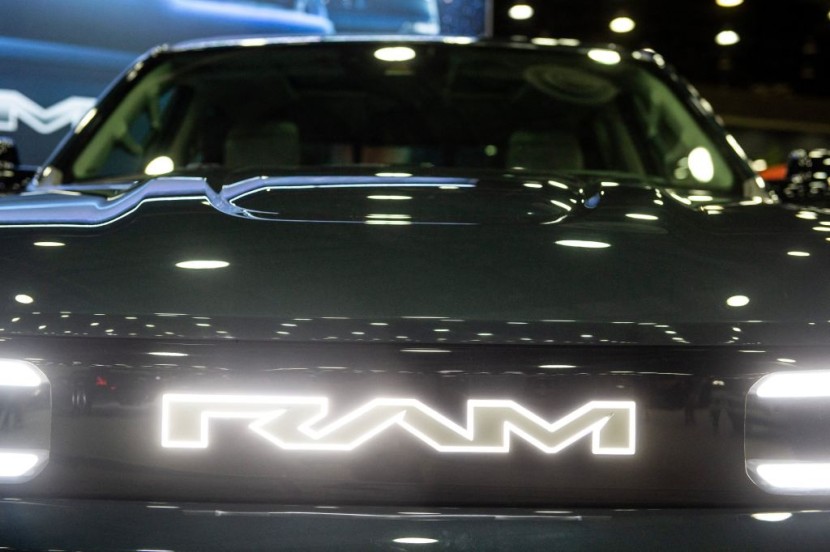As part of its plan to reduce the CO2 emissions of its North American fleet, Stellantis will phase out V-8 Hemi engines and offer a previously unannounced plug-in hybrid version of its Ram pickup truck, dubbed the Ramcharger.
In addition to the previously revealed battery-electric Ram REV and the Ramcharger, Stellantis will now offer six-cylinder combustion engines in place of the well-liked Hemi V-8 engine in light-duty Ram pickup trucks built after the 2025 model year, according to Reuters.

Increasing the Fuel Economy of Ram Vehicles
Stellantis, the parent company of Chrysler, needs to sell more electric and hybrid trucks and increase the fuel economy of Ram combustion vehicles. The business is paying fines for not adhering to US emissions regulations, and if those laws get more stringent, it will be subject to heavier fines.
Ram heavy-duty vehicles will still be available with a Hemi V-8. The light-duty Ram Classic trucks are built on concepts from the previous generation of Ram vehicles, but the business has not revealed its future manufacturing schedule. Some Ram Classic vehicles presently come with Hemi engines.
The plug-in hybrid Ramcharger model, slated for release in 2025, is a wager that a large number of customers of Detroit brand vehicles will not be prepared for an all-electric pickup such as the all-electric General Motors (GM.N) Silverado, Tesla Cybertruck, Rivian R1T, Ford F-150 Lightning, or Ford.
Read also: UAW to Focus on GM, Stellantis After Reaching Tentative Deal With Ford-Putting More Pressure on the Remaining 2
Dialing Down on the Production of Electric Trucks
Given that demand has not met initial projections, GM and Ford have reduced their ambitions for producing electric trucks.
The majority of Ram trucks will use internal combustion engines in the foreseeable future. The eight-cylinder Hemi engine, which has been a mainstay of light-duty Ram pickup truck marketing since 2003, will gradually be phased out beginning in the first quarter of 2024.
Rather, 3.0-liter inline six-cylinder "Hurricane" engines (with one variant rated at 540 horsepower) or an older 3.6-liter V-6 would power 2025 light-duty Ram pickups, according to Ram executives at a media conference.
In the past, pickup trucks in the US frequently used inline six-cylinder engines. However, when consumers requested greater power in the 1980s and 1990s, the Detroit automakers switched to V-8 engines.
In order to meet the tighter CO2 emissions regulations, Detroit manufacturers are now returning to electric powertrains and smaller, high-output engines.
Up to 20% of Ford's new F-150 series will go on sale with hybrid powertrains, the company said in September.
For its Chevy Silverado and GMC Sierra vehicles, General Motors provides four- and eight-cylinder gas engines in addition to a diesel powerplant. GM has not yet disclosed its intentions for hybrid cars, although it is increasing manufacturing of the all-electric Silverado and Sierra.
Stellantis has previously said that beginning in late 2024, it will market the Ram Rev, an all-electric Ram pickup. According to Stellantis officials, clients who desire higher fuel efficiency but are concerned about driving range, availability to charging, and towing capacity will find the Ramcharger to be a more practical and cost-effective option.
The Ramcharger will refuel the truck's 92 kWh battery pack by using a six-cylinder gasoline engine as a generator. The base variant of the all-electric Ram REV includes a 168 kWh battery pack, which is thousands more expensive.
Related article: GM's Quarterly Profits Suffered From Recent Strikes; Possible Losses Loom if Picketing Persists








